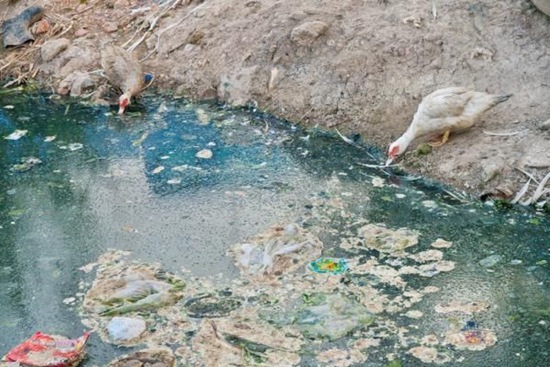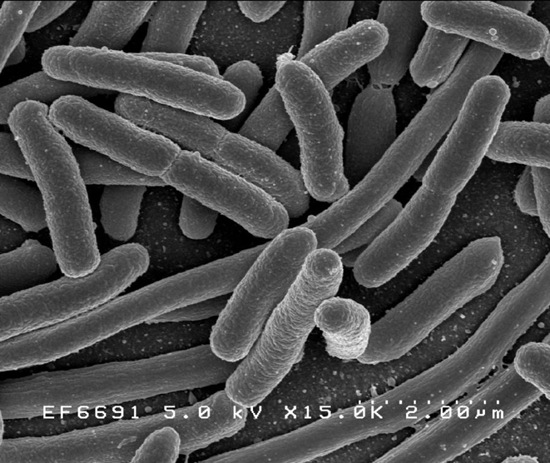
The Magic of MFCs: Generating Electricity from Mucky Wastewater
By Jessica Li, Environmental Graffiti, 29 August 2013.
By Jessica Li, Environmental Graffiti, 29 August 2013.
These days, renewable and alternative energy sources are in high demand, and when you think about “green” electricity, solar power and wind farms probably spring to mind. That said - have you heard about microbial fuel cells (MFC)? MFCs contain bacteria that convert organic material, such as food and bodily waste, into electricity, leaving clean water behind. So in addition to being a potential source of renewable energy, MFCs can also provide people in rural areas with sanitary water. Who said muck and wastewater couldn’t be useful?
Microbial fuel cells can transform muck and waste water into useful products. Photo: © Puwanai Ponchai.
An individual MFC is made up of four parts: the anode, which houses the bacteria and organic matter in an oxygen-free environment; the cathode, which contains a conductive saltwater mixture; the proton-exchange membrane, which divides the anode and cathode and allows protons to move between the two chambers; and the circuit, which allows electrons to enter the cathode.
Microbial fuel cells could provide clean water. Photo: © Khorzhevska.
Bacteria in the anode chamber turn the wastewater into carbon dioxide, protons and electrons. The protons and electrons move through the fuel cell and merge with the oxygen to make clean water.
Electricity was first generated from E. coli bacteria in the early 20th century. Photo: National Institutes of Health.
Surprisingly, MFC technology is over a century old. The history of MFCs dates back to University of Durham professor M.C. Potter’s successful 1911 experiment to generate electricity from E. coli. Potter made a basic fuel cell, but the biology of bacteria was poorly understood at the time, so there wasn’t much room for improvement. In fact, it wasn’t until the 1980s that further significant developments in the field of MFCs took place.
In the 21st century, with the frantic search for reliable - and renewable - energy sources, more MFC research has been carried out to shed light on this once rather obscure idea. Scientists have experimented with various types of bacteria and different electrode materials to determine the conditions that allow for maximum electrical production.
Scientists are using MFCs as a way to make clean hydrogen fuel. Photo: Zina Deretsky.
Researchers have been working to take advantage of MFCs as an alternative source of fuel, and for desalination and the treatment of wastewater. In 2012, Indian government officials allocated US$20 billion (1.1 trillion rupees) for the treatment and reuse of wastewater over a five-year period. Who knows? Maybe with the use of MFCs, the cost could be lowered significantly.
As new developments in MFC technology are being made quite rapidly, environmentalists see new hope for a sustainable future. Perhaps people all over the word will soon see the true power buried in muck and locked in wastewater.
Video: Electrifying Wastewater - Using Microbial Fuel Cells to Generate Electricity




No comments:
Post a Comment
Please adhere to proper blog etiquette when posting your comments. This blog owner will exercise his absolution discretion in allowing or rejecting any comments that are deemed seditious, defamatory, libelous, racist, vulgar, insulting, and other remarks that exhibit similar characteristics. If you insist on using anonymous comments, please write your name or other IDs at the end of your message.